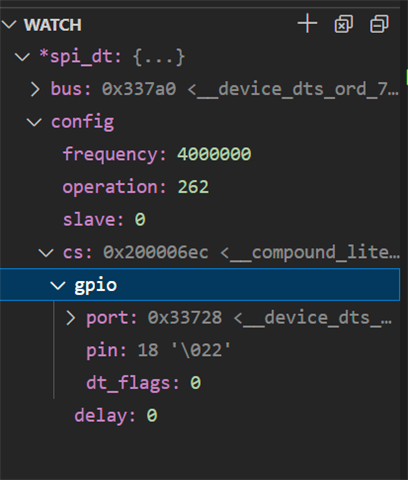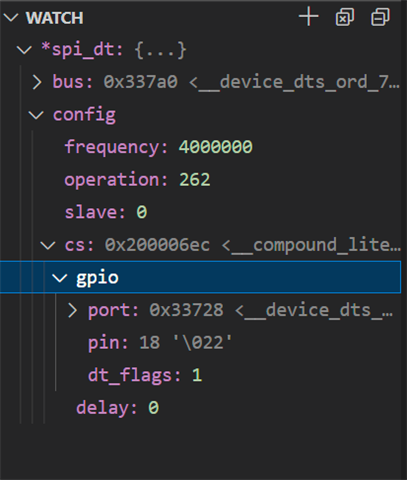Since upgrading to nrf Connect SDK 1.9.1, I no longer have PWM output. No errors returned when calling pwm_pin_set_usec, yet no output.
I tried upgrading to the latest nrf Connect SDK (2.2.0), thinking that perhaps a bug was fixed, but the number of changes (include paths, etc) was too daunting.







